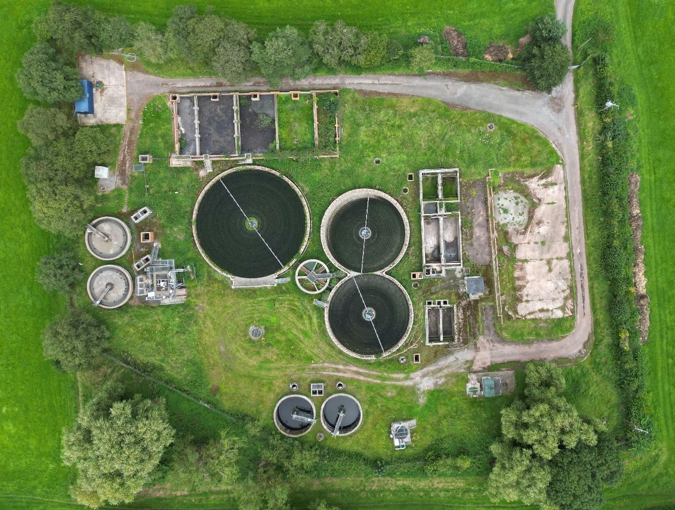Product Details

Sewage Treatment Plant
A sewage treatment plant (STP) is a facility designed to treat wastewater (sewage) and remove contaminants and pollutants to make the water safe for discharge back into the environment or for reuse. Here’s an overview of how sewage treatment plants work and their components:
Components of a Sewage Treatment Plant:
- Inflow:
- Raw sewage enters the treatment plant through pipes from homes, businesses, and industries. It contains wastewater from toilets, sinks, showers, and industrial processes.
- Preliminary Treatment:
- Screening: Large objects like sticks, rags, and debris are removed using screens and bar racks.
- Grit Removal: Sand, gravel, and other heavy materials are settled out or removed mechanically.
- Primary Treatment:
- Settling: The wastewater moves to large sedimentation tanks where heavy solids (sludge) settle to the bottom as primary sludge, while lighter materials float to the surface as scum. This process reduces the amount of organic matter and solids in the water.
- Secondary Treatment:
- Biological Treatment: The clarified water from primary treatment undergoes biological treatment to remove dissolved organic matter and nutrients. This is typically done using aerobic bacteria that consume organic pollutants.
- Aeration: Oxygen is bubbled through the water to support the growth of aerobic bacteria, which break down organic matter into carbon dioxide, water, and more bacteria.
- Secondary Settling: The treated water undergoes another settling process to separate out the remaining solids (activated sludge) from the water.
- Tertiary Treatment (Optional):
- Disinfection: Some plants include a tertiary treatment step where the water is disinfected to kill pathogens (e.g., chlorine, ultraviolet light) before discharge or reuse.
- Filtration: In some cases, additional filtration processes are used to remove fine particles and remaining contaminants.
- Sludge Treatment:
- Digestion: Sludge collected from primary and secondary settling tanks undergoes anaerobic digestion to stabilize organic matter and reduce its volume.
- Dewatering: The digested sludge is then dewatered using centrifuges or drying beds to reduce moisture content.
- Disposal or Reuse: The treated sludge can be incinerated, landfilled, or reused as fertilizer in agriculture (after further treatment).
Technologies Used:
- Activated Sludge Process: A common biological treatment method where air and a biological floc composed of bacteria and protozoa are used to treat wastewater.
- Sequential Batch Reactors (SBR): A variation of activated sludge process where wastewater is treated in batches rather than continuously.
- Membrane Bioreactors (MBR): Combines biological treatment with membrane filtration for efficient solids separation.
- Constructed Wetlands: Natural treatment systems where wastewater is treated by passing through vegetation and substrate layers.
Environmental Benefits:
- Water Quality Improvement: Reduces pollution and protects water bodies from contamination.
- Resource Recovery: Recovers energy (from biogas), nutrients (from sludge), and water (for reuse).
- Public Health Protection: Prevents the spread of waterborne diseases and protects ecosystems.
